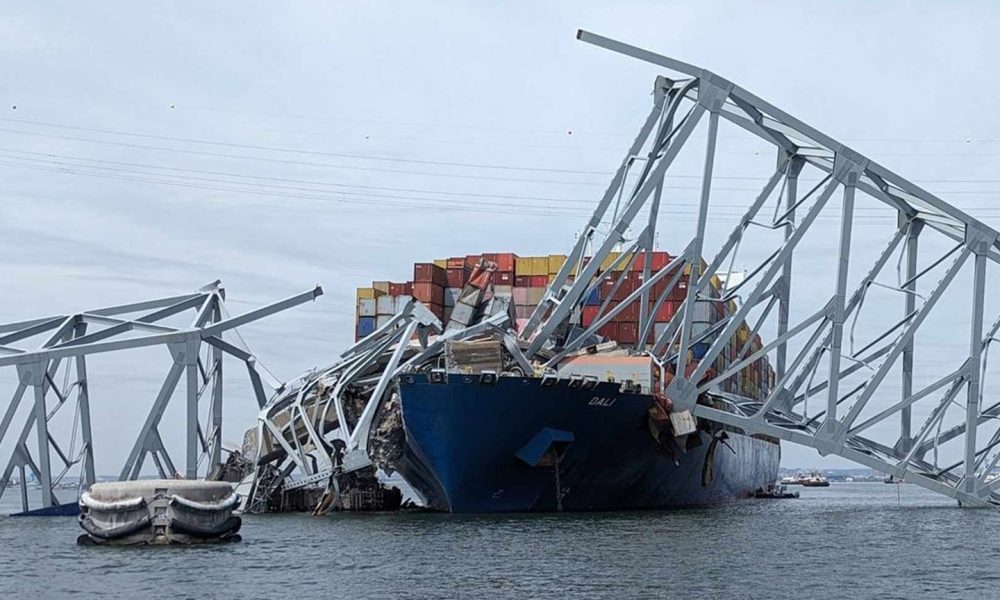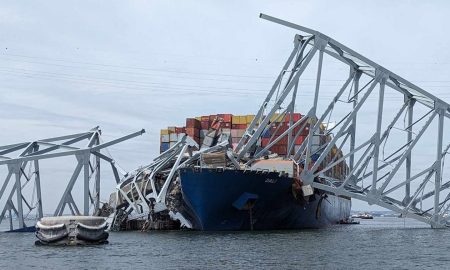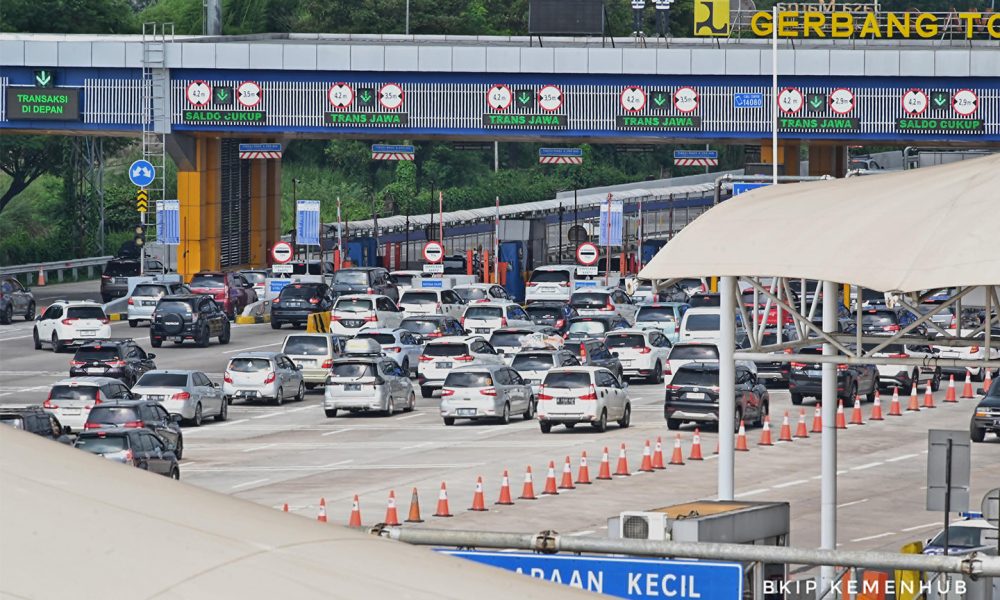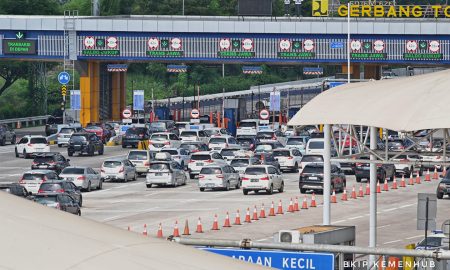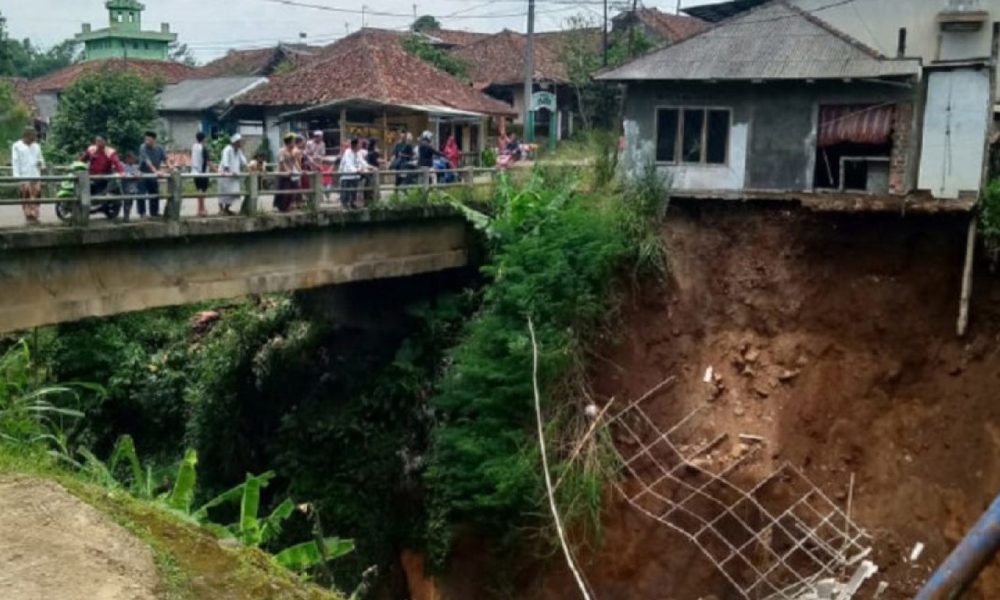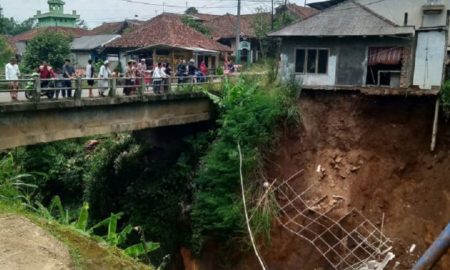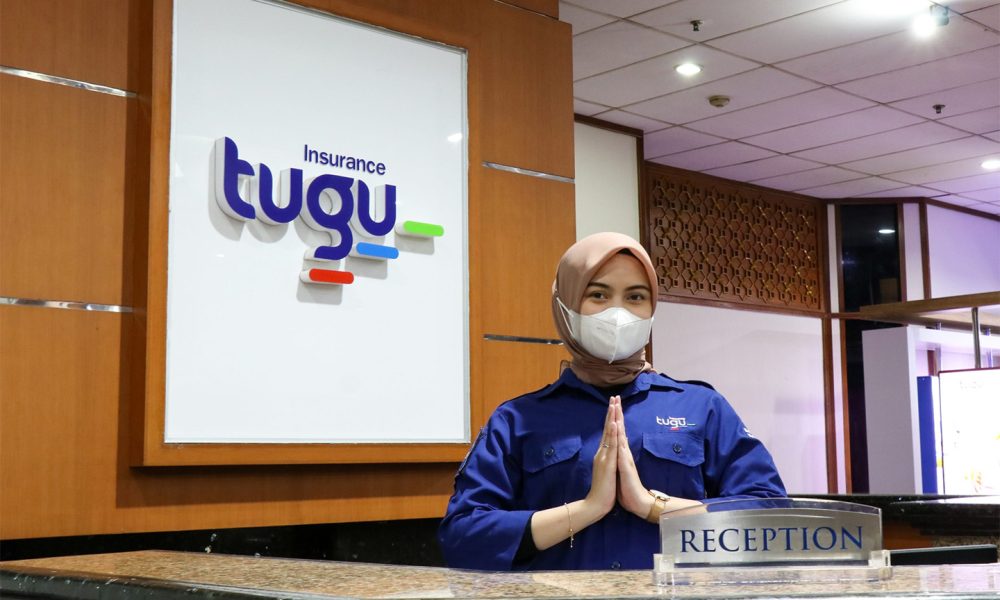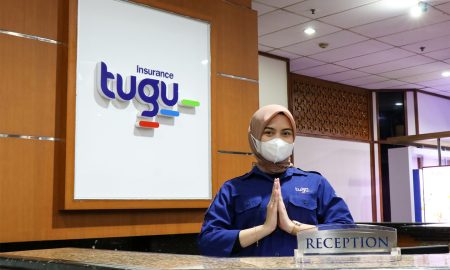This article was written on Kompas.com with the title “Plus Minus RBC Sebagai Ukuran Kesehatan Asuransi ” tanggal 12/11/2022 (https://money.kompas.com/read/2022/11/12/101727626/plus-minus-rbc-sebagai-ukuran-kesehatan-asuransi?page=all)
Liga Asuransi – Risk-Based Capital (RBC) is a pivotal approach in the Indonesian insurance industry for evaluating and managing risks insurance companies face. The primary goal of RBC is to safeguard consumer interests and maintain the stability of the insurance industry. This approach ensures that insurance companies possess sufficient capital to handle risks and fulfill obligations to policyholders.
The RBC calculation process begins with identifying various types of risks the company faces, including claim, investment, and operational risks. Each risk is assigned a weight based on its level of risk, and then the necessary capital requirements are calculated. The Financial Services Authority (OJK) plays a crucial role in establishing RBC standards in Indonesia.
RBC comprises two main components: core capital and additional capital. Core capital involves the most stable and accessible funds, while additional capital may include more flexible elements. Insurance companies must ensure that their capital meets the requirements set by the OJK.
Implementing RBC requires active involvement from insurance companies to ensure compliance with established standards. OJK conducts periodic supervision to ensure that insurance companies meet their capital obligations. If companies fail to meet requirements, OJK can take corrective actions following applicable regulations.
The application of RBC offers various benefits, including transparency in risk management, improved sustainability of the insurance industry, and protection for policyholders. Through RBC, the Indonesian insurance industry aims to create a healthy and sustainable environment where companies have sufficient financial capacity to address risks and maintain operational stability. Therefore, RBC becomes a crucial instrument in preserving the integrity and trust of the public in the insurance industry.
The solvency level or Risk-Based Capital (RBC) in the Indonesian insurance industry has experienced a decline in recent years due to the impact of the COVID-19 pandemic. In this challenging environment, it is expected that insurance companies will exercise greater prudence in their investment strategies. Based on historical data from the OJK, the solvency rate of life insurance at the end of 2019 was 789.37 percent before the pandemic. Still, it decreased to 528.59 percent in 2020, further declining to 539.75 percent in 2021, and lastly recording 485.51 percent as of August 2022. A similar decline is observed in the solvency rates of general insurance. At the end of 2019, the solvency rate for general insurance was 345.35 percent. This figure then decreased to 343 percent at the end of 2020, 327.30 percent in 2021, and finally recorded 310.08 percent as of August 2022.
OJK has set the minimum solvency level calculated using the RBC ratio. Every insurance company is required to meet a minimum RBC ratio of 120 percent. Simply put, RBC is obtained by subtracting total liabilities from the allowed total assets and then comparing it with the Minimum Risk-Based Capital (MMBR). MMBR itself includes risk indicators such as credit risk, liquidity risk, market risk, insurance risk, and operational risk. RBC or solvency levels serve as a measure to assess the financial security or financial health of an insurance company in meeting future obligations. The higher the RBC ratio, the greater the capital strength of the insurance company to meet long-term obligations (solvency). A sound financial condition of the company is crucial to ensure smooth claims processing and provide the best insurance protection services.
RBC also plays a crucial role in helping customers understand the financial health level of insurance companies that provide insurance products. A high solvency level indicates a healthy financial condition, while a low solvency level can raise concerns. By measuring the solvency level, insurance companies can ensure their ability to fulfill obligations, including the payment of customer claims. Additionally, RBC is used to determine the risk of bankruptcy, assess the capital needs of insurance companies, assist regulators in evaluating actual equity, and provide information to customers about the financial condition of insurance companies.
The calculation of RBC involves four key components. First is asset default, which calculates the capital needed to anticipate the decline in asset value and/or loss of related income. The second is currency mismatch, which calculates the capital needed to anticipate the risk of currency fluctuations. Third is the claim experience worse than expected, which calculates additional capital if there is a risk of claims exceeding estimates.
The decline in the Risk-Based Capital (RBC) level of insurance companies below the standards set by the Financial Services Authority (OJK) has serious implications for various operational aspects and public trust.
Impacts of Low RBC:
When the RBC level is lower than expected, it reflects that the insurance company may not have enough capital to effectively handle risks. The primary impact is the inability of the company to meet its financial obligations, especially in paying claims to policyholders. This situation can lead to liquidity risks, where the company struggles to pay claims or other obligations due to limited cash or liquid assets.
Furthermore, a low RBC level can erode public trust in the insurance company. Policyholders and the public may become concerned about the company’s ability to fulfill commitments in paying claims and other financial obligations. This not only damages the company’s reputation but also results in a decline in customer trust.
A decline in the RBC level can also indicate that the company may not be accurately assessing risks or lacks an adequate risk management strategy. This increases the potential for unexpected large losses, jeopardizing the company’s operational sustainability.
As a regulatory body, OJK is likely to take stricter supervision actions against insurance companies with RBC levels below standards. These actions may include in-depth examinations, changes in corporate governance, or other sanctions to ensure compliance with applicable regulations.
In an extreme scenario, continuous declines in the RBC level, if not addressed, can lead to a financial crisis that jeopardizes the company’s sustainability. Bankruptcy becomes a real risk if the company cannot access additional capital or make timely adjustments to its business strategy.
Therefore, insurance companies must monitor and comply with the RBC-level requirements set by OJK. Swift corrective actions and adjustments are needed if the RBC level indicates a decline below the established standards to ensure operational continuity, meet obligations to policyholders, and maintain public trust.
Conclusion:
It can be inferred that a decline in the Risk-Based Capital (RBC) level of insurance companies below the standards set by the Financial Services Authority (OJK) can have serious consequences. The inability to meet financial obligations, liquidity risks, a decrease in public trust, and potential strict supervision actions by OJK are consequences that need attention. Therefore, monitoring and compliance with RBC standards become crucial to maintaining operational continuity, preserving policyholder trust, and preventing financial crises.
Awareness of the importance of risk management and accurate assessment is key to maintaining financial stability for insurance companies amid the dynamics of the industry and global uncertainties.
—
This article will be published in book form The Rise of Our Insurance. Foreword by Prof. Muhammad Edhi Purnawan Member of the OJK Supervision Board. February 2024 296 pages + xiv ISBN Publisher IPB Press
Can be ordered via ligaasuransi.com
Price IDR 155.000 + shipping cost
0811-8507-773 (CALL – WHATSAPP – SMS)





















